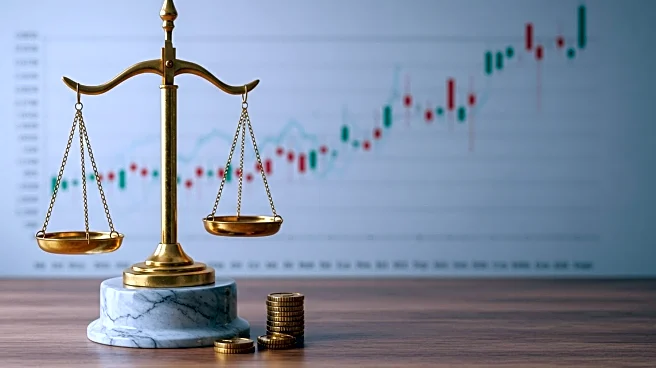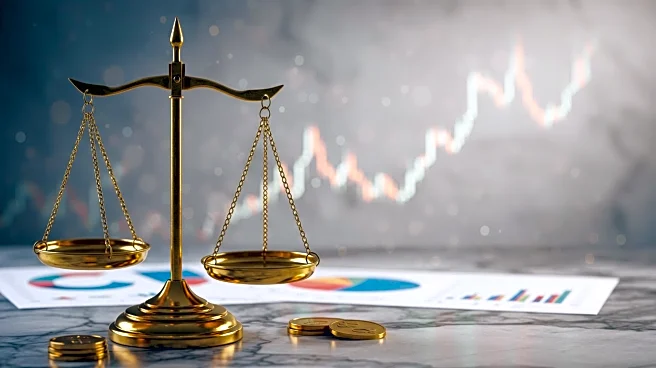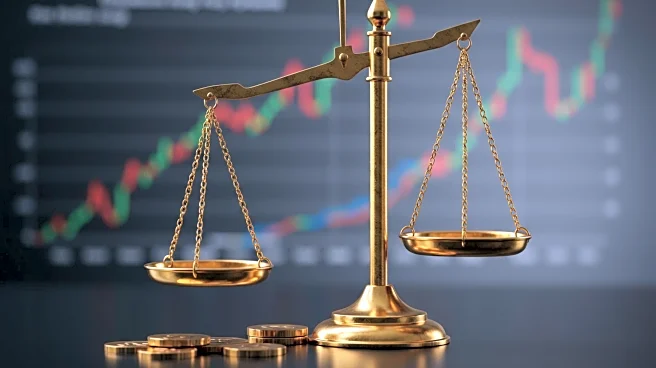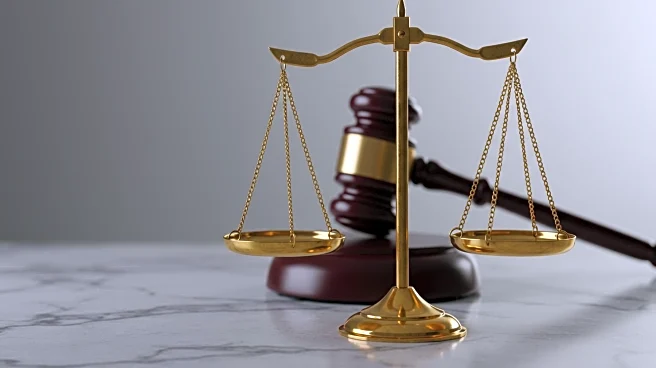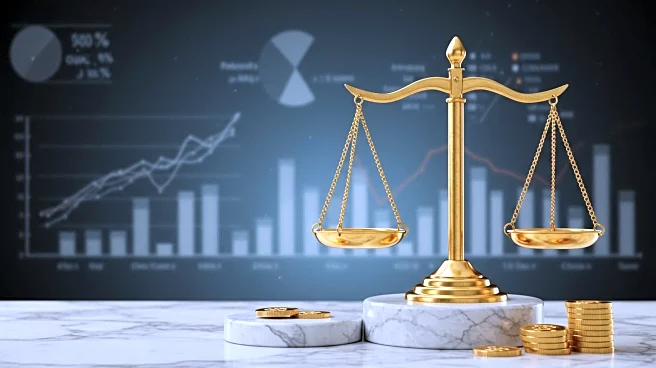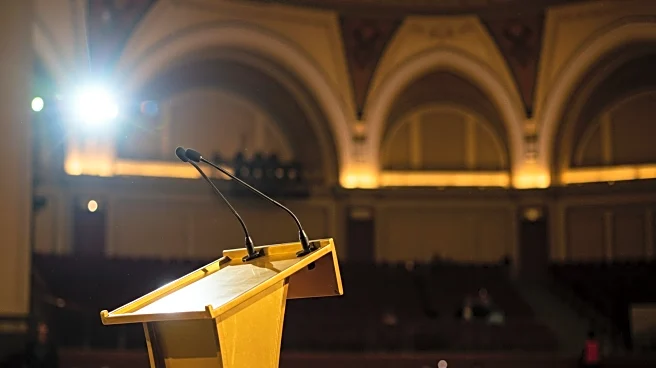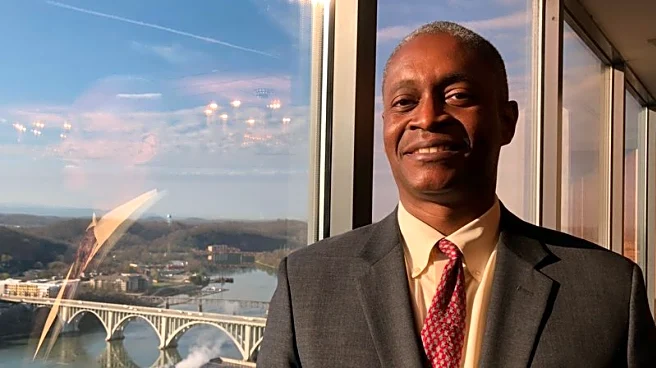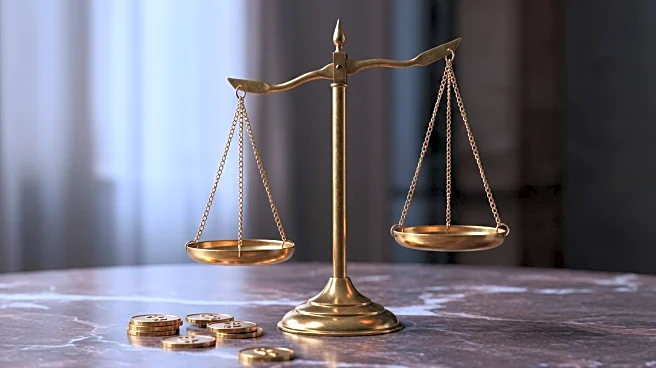Rapid Read • 7 min read
Federal Reserve Chair Jerome Powell indicated a possible rate cut during his speech at the Jackson Hole Economic Policy Symposium. Powell highlighted the fragile state of the U.S. labor market, which is experiencing a slowdown in both supply and demand. Despite inflation remaining above the 2% target, Powell emphasized the growing risks to employment, suggesting that policy adjustments might be necessary. The Fed's benchmark interest rate has been unchanged since December, amidst a complex economic landscape marked by slow labor force growth and elevated tariffs. Powell's remarks were interpreted by financial markets as a shift towards a more dovish stance, with traders now expecting a 25 basis point rate cut at the Fed's September meeting. This expectation led to a surge in the Dow Jones Industrial Average and a weakening of the U.S. dollar.
AD
Powell's comments have significant implications for the U.S. economy and financial markets. A potential rate cut could lower borrowing costs, stimulating economic activity and potentially boosting employment. However, it also raises concerns about inflation, which remains a persistent issue. The Fed's approach reflects a balancing act between supporting the labor market and controlling inflation. The anticipation of a rate cut has already influenced investor sentiment, as evidenced by the stock market's positive reaction. This development could impact various sectors, including housing and consumer spending, which are sensitive to interest rate changes.
The Federal Reserve's decision in September will be closely watched, with upcoming economic data, such as the August jobs report and inflation figures, playing a critical role in shaping the Fed's policy direction. The central bank's revised monetary policy framework suggests a more flexible approach to managing economic conditions, which could lead to further adjustments in response to evolving risks. Political pressures, including those from President Trump, add another layer of complexity to the Fed's decision-making process.
AD
More Stories You Might Enjoy
